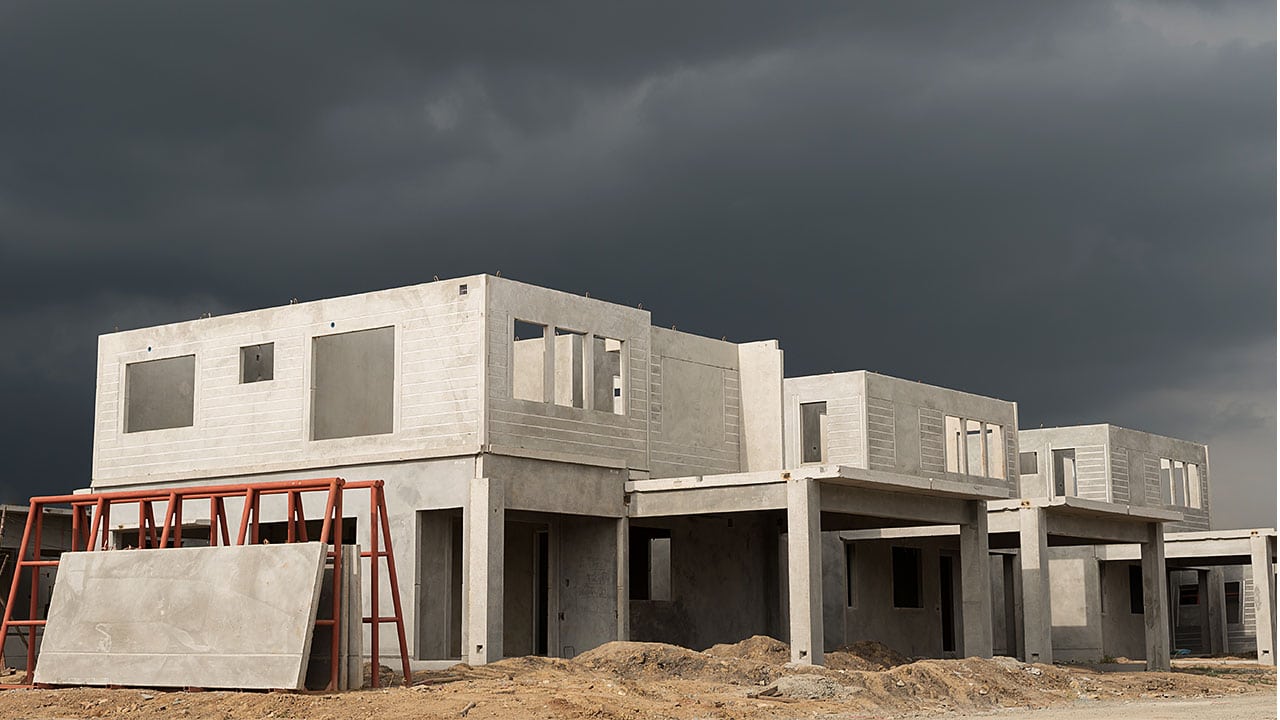As building information modeling becomes more and more widely adopted within the architectural and construction industries, it is also evolving. Over the years, many exciting new developments for software, projects, and the industry overall are expected to arrive. In fact, the global BIM industry might look quite different in just a few years compared to how it is today.
What does the future hold? Here are a few expert predictions on the future of BIM.
1. Engineering CAD Technicians Might See the BIM Industry Swell in Value
Experts gauging the strength and health of the BIM industry have a fair bit of confidence in it. A recent report by Research and Markets suggests that between 2017 and 2022, the global BIM industry should more than double in value, growing from $4.8 billion to $10.3 billion in that time.
According to the report, an important factor contributing to this is the requirement in some countries that many projects make use of BIM to document planning stages. The time needed to train professionals in the use of BIM, however, is acting concurrently to slow down the expansion of BIM—there just aren’t enough trained experts to fill the demand.
By completing engineering CAD technician training, you can help meet the growing demand for professionals with a command of BIM technology. Given the increasing strength of the industry, doing so is a sound investment in your future.

BIM training is a great way to make yourself marketable in a growing industry
2. BIM Will Be Used Extensively for Prefabricated Buildings
Around the world, a trend towards more prefabricated buildings is quietly growing, with prefab increasingly seen as a way to quickly deliver a high-quality structure with a shortened construction time. BIM’s precision for design, and ability to incorporate useful information about the materials that go into individual components, is a perfect fit for these kinds of projects. By making good use of BIM software, a prefab project could quickly be modeled and adapted when needed, ensuring exceptional speed from the conception of a product through to final construction.
Completing an engineering CAD technicians diploma is an excellent way to develop familiarity with 3D modeling tools, like AutoCAD and Revit, that are used in construction development. By investing your time in an education now, you can ensure that you have the background needed for a rewarding career in the growing world of prefabricated building modeling.

Prefabrication is growing in the construction industry and will largely rely on BIM professionals
3. Engineering CAD Technicians Might See BIM Software Change Dramatically
According to experts, a number of changes are on the way for BIM software. New challenges will try to compete for market share, but the main points of interest for many will be the ways in which Autodesk Revit, an industry standard software program, will be changing over the years.
A recent announcement about the 2018 edition of the software illuminates a few key areas in which the program is changing. These changes range from features meant to simplify the modeling of staircases, to making it easier to apply coding scripts to enhance Revit models. Other changes, like a move to a subscription model for future releases, will provide Autodesk with more funding with which to deliver enhancements over time. Through these changes, Autodesk hopes to enhance usability and features, meaning the BIM software you work with will just keep getting better over time.
Are you interested in attending building information modeling college?
Contact Digital School to enroll for training now!



